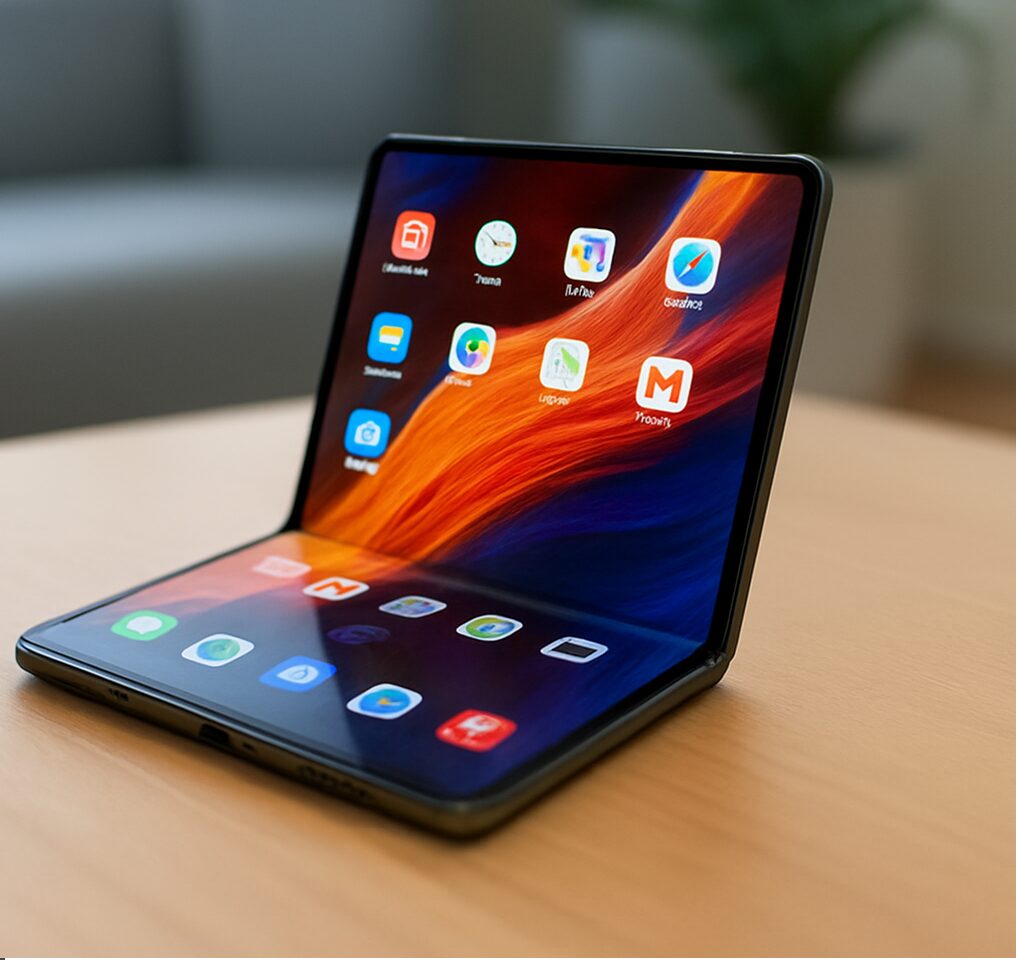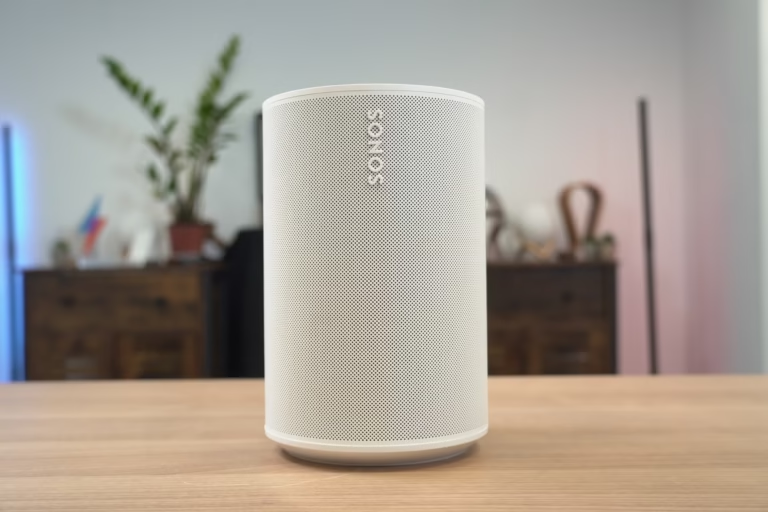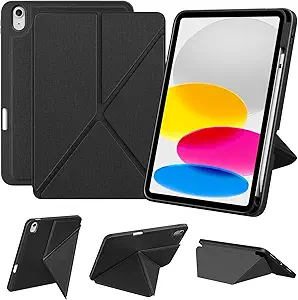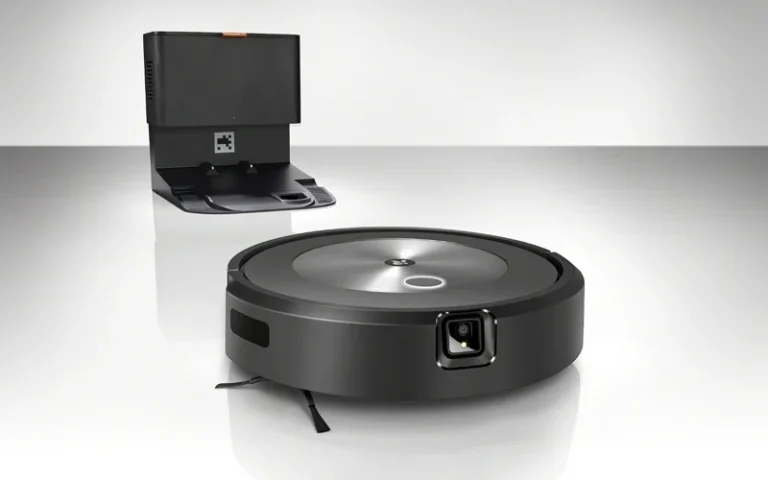How Foldable Phones Are Becoming Mainstream in 2025
In the early days, foldable smartphones were seen as futuristic gadgets that only a handful of tech enthusiasts would dare to buy. The high price tags, fragile displays, and bulky designs made them feel more like prototypes than practical devices. However, in 2025, the story is completely different. Foldable phones are no longer just a luxury – they are on their way to becoming mainstream.
Why Foldable Phones Were Initially a Struggle
When companies like Samsung, Huawei, and Motorola first introduced foldable phones around 2019–2020, there was plenty of excitement. Nevertheless, early adopters quickly discovered several issues, such as:
- Durability problems – Screens would easily crease or break.
- High costs – Many foldables were priced above $2,000, making them inaccessible to the average consumer.
- Limited software optimization – Apps were not designed to adapt to foldable displays.
- Heavy design – Early foldables were bulkier than regular flagship phones.
As a result, these barriers slowed adoption and made people skeptical.
The Shift in 2025
Fast forward to 2025, and the landscape looks very different. Foldable phones are now competing directly with traditional flagships, and there are several reasons for this shift.
1. Lower Prices
One of the biggest changes is affordability. Samsung, Oppo, Xiaomi, and Motorola have launched foldables starting at $799–$999, which puts them in the same range as premium non-folding phones. Consequently, this has opened the doors for a much larger audience.
2. Improved Durability
New technologies like Ultra-Thin Glass (UTG) 2.0, water-resistant hinges, and stronger frames have made foldables last longer. In fact, companies now claim foldable phones can withstand 500,000 folds, equivalent to years of daily use.
3. Better Software Support
Tech giants like Google and Microsoft have optimized their apps for foldable displays. For example, Android 15 has built-in support for multi-window multitasking, allowing users to run three or more apps side by side. Therefore, productivity on foldables is now as good as on tablets.
4. More Choices in the Market
Initially, only a few companies offered foldables. Today, however, nearly every major smartphone brand has one. Apple has even teased its first foldable concept, which could arrive in the next year or two. As competition increases, consumers now enjoy more variety in sizes, features, and prices.
Popular Use Cases Driving Adoption
Foldable phones are not just about flashy design – instead, they are solving real problems and creating new opportunities.
- Business & Productivity – Professionals love foldables because they can unfold into mini-tablets, perfect for multitasking.
- Entertainment – Streaming videos, gaming, and eBooks feel more immersive on larger foldable displays.
- Photography & Creativity – Foldable phones work like built-in tripods, making it easier to take hands-free photos and videos.
- Portability – Foldables like the Galaxy Z Flip and Motorola Razr give users a big screen that still fits into small pockets.
Moreover, these features make foldables attractive to both professionals and everyday users.
Are Foldables the Future of Smartphones?
With sales increasing every year, analysts predict that by 2027, foldables could make up 25–30% of the premium smartphone market. On the other hand, this doesn’t mean regular phones will disappear. Still, foldables are carving out a significant space in the industry.
Final Thoughts
In 2025, foldable phones are no longer experimental devices – they are practical, stylish, and increasingly affordable. As technology keeps improving, foldables are proving to be the next evolution in smartphones.
The big question is: will the average user prefer a foldable over a traditional flagship? If the current trend continues, the answer might be yes.






